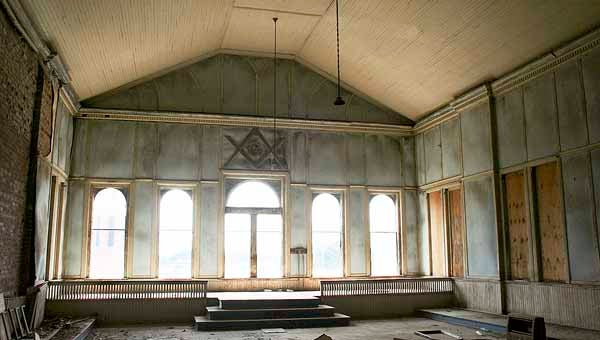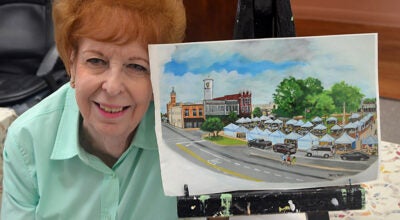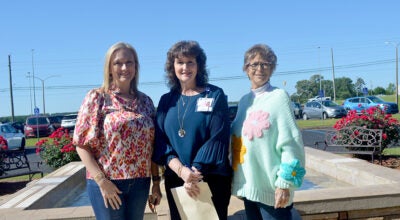A building full of stories
Published 11:00 pm Friday, May 31, 2013
Troy’s Masonic Temple, which was built in 1892, has been named to Alabama’s 2013 “Places in Peril” list.
The Alabama Historical Commission and the Alabama Trust for Historic Preservation announced the list of “Places in Peril” on Thursday. The list is released annually during National Historic Preservation Month and calls attention to some of Alabama’s most significant endangered landmarks.
Although, the “Places in Peril” list carries no formal protection, it does build awareness in local communities about endangered sites and can help generate support to preserve these places.
Frank W. White, Commission executive director, said among those listed are places that “make our communities distinctive and tell us who we are as a people.”
Troy’s Masonic Temple is a downtown landmark.
Architect Enoch Crites designed the three-story Romanesque Revival building in the early 1890s. The building features carved stone arches, terracotta molding and a pressed metal trim work. A round stone plaque with the Masonic logo of the square and compass marks the upper half-story.
Melissa Sanders, Troy’s planning and zoning administrator and a member of the downtown committee, said historic preservation is near and dear to her heart.
“We can’t move forward without honoring our past,” Sanders said. “Masonic halls were once common to most American downtowns. Today, many have been lost or abandoned in favor of newer meeting places.
“The old Masonic building in Troy played an important role in the early social and commercial history of the city.”
Sanders said that, originally, the Masons used the third floor of the building and a grocery store and printer shop were located on the first floor.
Around 1906, Troy Literary Club used the west end of the first floor of the building.
“The second floor was used for office space,” she said.
The second floor was also reported to have been used, for a time, by the Knights of Pythias, which was a fraternal organization and secret society founded in Washington DC in 1864.
Between1903-1912, a post office was located in the building and a movie house occupied the first floor from around 1915 until the 1930s
Sanders said that movie theaters have a storied history in the city.
The Royal Theater was housed on the lower floor in 1912 and the Walton Theater in 1915.
“When the Walton Theater closed, the Princess Theater was home there for about 14 years,” Sanders said.
The Princess Theater was a magnificent place and attracted people from great distances to Troy.
Troy’s Masonic Temple building is listed on the Alabama Register of Historic Places and is so designated as a part of Troy’s Downtown Historic District.
“Troy’s Masonic Temple building is one of the few remaining historic Masonic buildings and it is privately owned,” Sanders said.
The building now houses Synco Drugs, which is owned and operated by Charles Synco.
Synco, who bought the building in 1974, said he appreciates the historical significance of the building, however, the restoration of the upper two floors would be extremely costly.
Sanders said the City of Troy would like for the building to be preserved as a part of a revitalized downtown.
“Application is being made for Troy’s downtown historic commercial district to be listed on the National Register of Historic Places,” Sanders said.
If that happens, tax incentives and federal dollars could help pump life into any effort to restore the historic structure.
The Troy City Council adopted Resolution No. 2013-44 which recognizes that the historical, cultural and aesthetic heritage of the city is among its most valued and important
assets and expressed the city’s desire to stimulate revitalization of the downtown business district.






